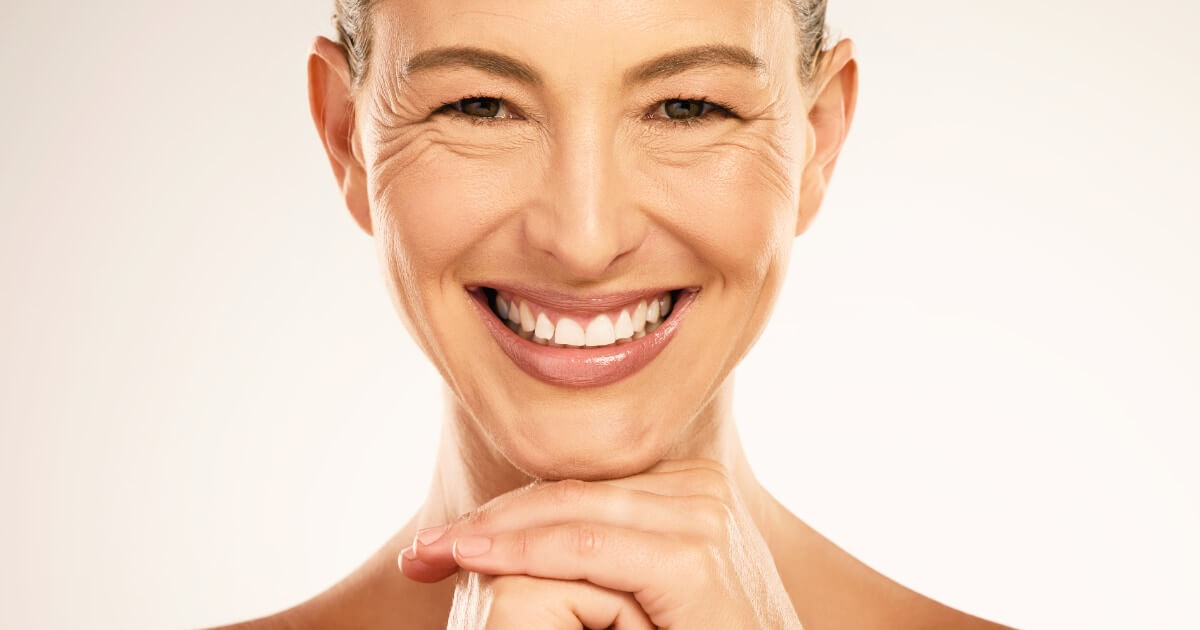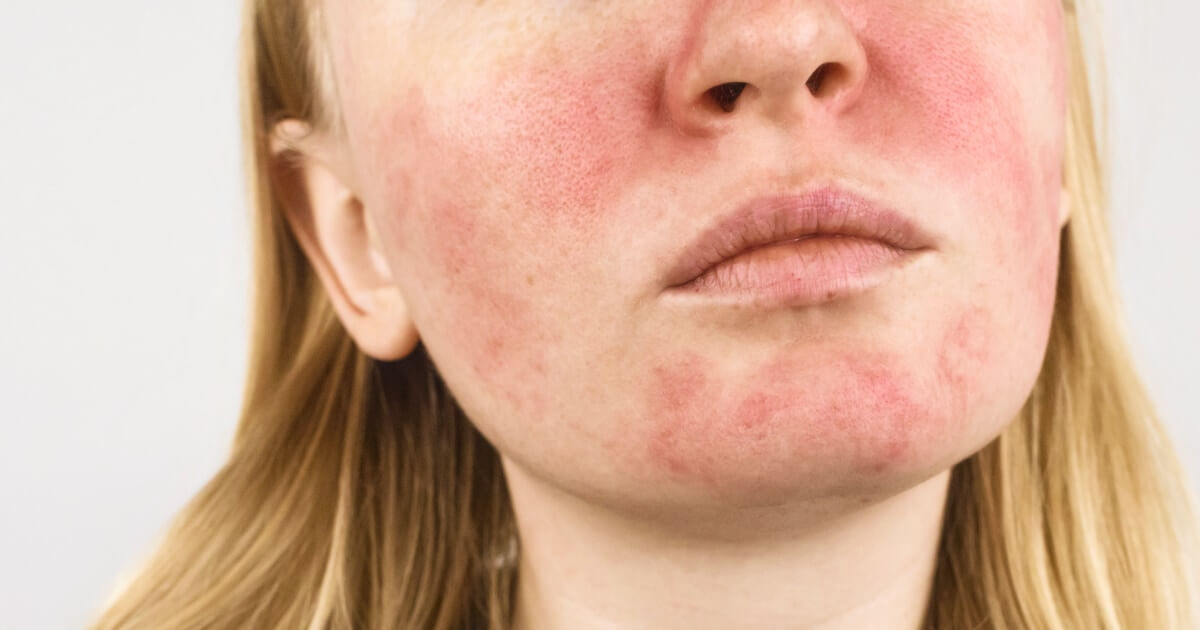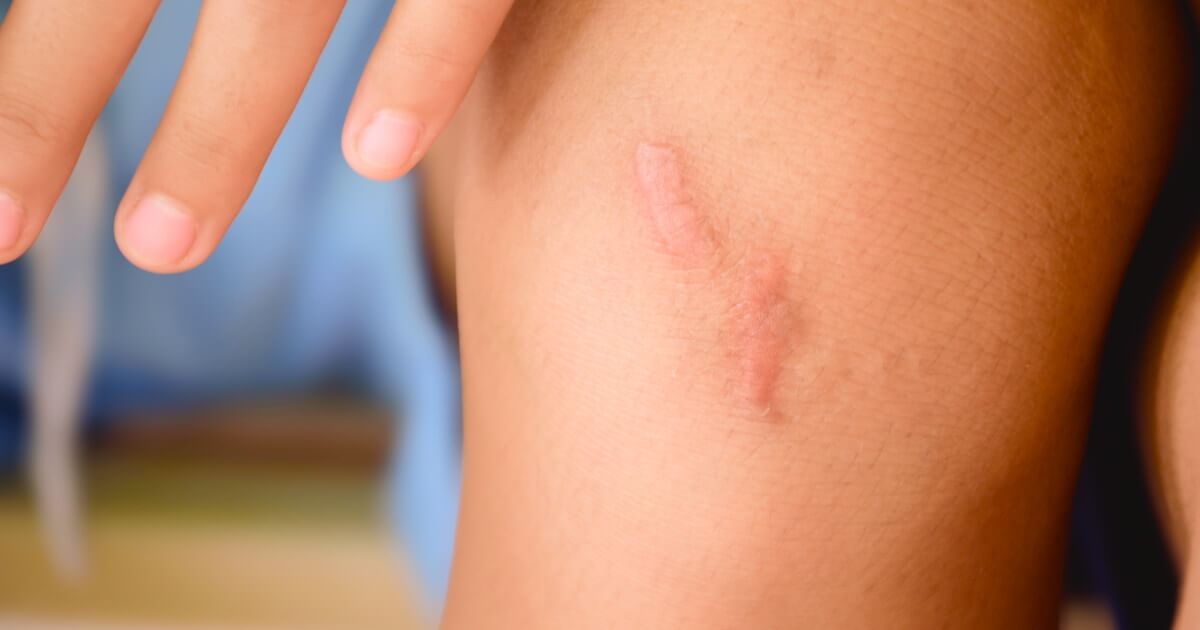Wrinkles result from the interaction between our genes, facial expressions, and the environmental factors we are exposed to daily. Each visible line on our face has its own story and understanding what causes them is clue to treat them effectively.
In it García-Legaz Dermatological Institute We want to help you identify the different types of wrinkles on the face, know your possible triggers and, most importantly, to reduce their appearance or eliminate them.
Types of wrinkles on the face
Facial wrinkles represent structural changes in the layers of the skin, mainly in the dermis and epidermis, and can be classified into various types according to their specific characteristics and causes.
Dynamic wrinkles
Dynamic wrinkles, also known as expression wrinkles, are common and tend to appear around the 25 years. They develop due to the repetitive facial movements, becoming more evident when smiling or making other expressions.
They usually locate in:
- The forehead.
- The space between the eyebrows.
- Around the eyes.
- The corners of the mouth.
Although they are related to the expressiveness, are not directly caused by aging.
Static wrinkles
Over time, untreated dynamic wrinkles eventually become static wrinkles. There are also other types of wrinkles, known as "sleep wrinkles," that appear on the natural folds of the skin due to pressure and become more pronounced with age.
“Unlike dynamic wrinkles, static wrinkles are visible even when the face is in repose.”
An example is the wrinkles between the eyebrows, which can give an angry look once they become static. There are also forehead wrinkles and crow's feet, which although they appear naturally when smiling and closing the eyes, tend to become more pronounced over time due to repetitive muscle movements, becoming visible even when the face is at rest.
Gravitational wrinkles
Gravitational wrinkles are closely linked to the process of aging and they usually appear from the 40 years.
They are the result of the loss of collagen and elastin, as well as other tissue changes. gravity also plays a crucial role, mainly affecting areas as:
- The neck.
- The chin.
- The preauricular region.
- The eye contour.
Mixed wrinkles
Mixed wrinkles are caused by combination of various factors, including natural aging, repetitive muscle movements, and excessive sun exposure.
They are common in the nasolabial folds and, in some cases, may extend to the jaw.
Factors that cause the formation of wrinkles on the face
He lifestyle and external factors They influence the structure of our skin, accelerating the appearance of wrinkles. Below, we explain each one so you can take preventive measures and thus attenuate or delay its formation.
Skin aging
He aging It is inevitable, but its effects can be mitigated. As we age, the following occur: changes in our skin:
- Decreased production of collagen and elastin: essential proteins to maintain the firmness and elasticity of the skin.
- Reduction of hyaluronic acid: key substance to retain the skin hydration.
- Decreased cell renewal and thinning of the subcutaneous fat layer: which generates a loss of facial volume and a weight loss visible skin.
Sun exposure
The ultraviolet radiation (UV) is one of the main responsible of the appearance of facial wrinkles.
The UVA rays penetrate deep into the skin, damaging collagen and elastin, while the UVB cause sunburn. This constant exposure, in addition to causing premature wrinkles and stains, can also lead to serious skin diseases.
Smoking
Smoking has a very negative impact in the health of our skin.
The nicotine and others chemical components of tobacco reduce blood flow, depriving cells of oxygen and essential nutrients. This deterioration accelerates skin aging, promoting the appearance of more pronounced wrinkles, especially around the mouth and the eyes.
Repetitive facial expressions
The everyday facial expressions, such as smiling or frowning, exert pressure on the skin, creating lines that may eventually become permanent.
While we can't avoid expressing ourselves, being aware of this can help you take appropriate preventive measures.
Environmental pollution and stress
“Environmental pollutants, such as smog and the suspended particles, generate oxidative stress in the skin, accelerating cellular aging and collagen loss.”
On the other hand, the psychological stress raises the levels of cortisol, a hormone that can inflame the skin and contribute to the formation of wrinkles.
The influence of genetics
Our genes affect skin aging, influencing the production of collagen, elastin and moisture retention.
Knowing your family history can help you anticipate these changes and implement preventive strategies to keep your skin healthy for longer.
Treatments to eliminate wrinkles on the face
To combat wrinkles on the face, there are multiple treatments available, from topical products to more advanced clinical procedures.
Topical products
They are usually the first line of defense. Their active ingredients improve the appearance and health of the skin.
Among the most effective are:
- Retinol: derived from vitamin A, stimulates collagen and accelerates the cell renewal.
- Niacinamide: also known as vitamin B3, improves the elasticity of the skin and has anti-inflammatory properties to maintain more even and smooth skin.
- Vitamin C: known for its antioxidant properties and its ability to stimulate collagen production.
- Hyaluronic Acid: powerful moisturizer that retains hydration, filling in wrinkles.
Dermatological laser
The laser treatments represent a advanced option to improve the appearance of wrinkles on the face.
At the García-Legaz Dermatological Institute, we use the innovative Nordlys laser platform, which offers a great precision using non-ablative lasers.
These lasers act on the deep layers of the skin without damaging the surface, creating microlesions that stimulate collagen production in an effective and totally respectful manner.
For very pronounced wrinkles, such as those of the bar-code (wrinkles above the upper lip), we can also resort to fractional ablative lasers, such as CO2 laser.
Neuromodulators
The neuromodulators, like the botulinum toxin, are popular for treating dynamic expression wrinkles, being especially effective on wrinkles of the upper third of the face (between the eyebrows, forehead and crow's feet).
They act blocking temporarily the nerve signals towards certain facial muscles, which reduces its activity and softens wrinkles. They are especially effective in treating wrinkles in the upper third of the face, such as the forehead, frown lines, and crow's feet, and their results last several months.
Hyaluronic acid
When the wrinkle is very marked and static already at rest, sometimes we combine neuromodulators with the superficial application of hyaluronic acid directly on the wrinkle, a technique called "blanching" with hyaluronic acid.
In short, understanding the different types of wrinkles on the face and their main causes is essential to choose the right treatment. Our specialist dermatologists they use advanced technology and a personalized approach to maintain the health of your skin and reduce wrinkles on your face.
Literature
- Alves, R., Castro Esteves, T., & Trelles, M.A. (2013). Intrinsic and extrinsic factors involved in skin aging. Ibero-Latin American Plastic Surgery, 39(1), 89-102. https://scielo.isciii.es
- Monzón, P. How to remove wrinkles from your face? Tips and tricks. https://www.cosmethodology.com
- López, JH, & Jaureguí, J. (1998). Physiology of aging. Bogotá: Impreandes Presence. https://www.researchgate.net




